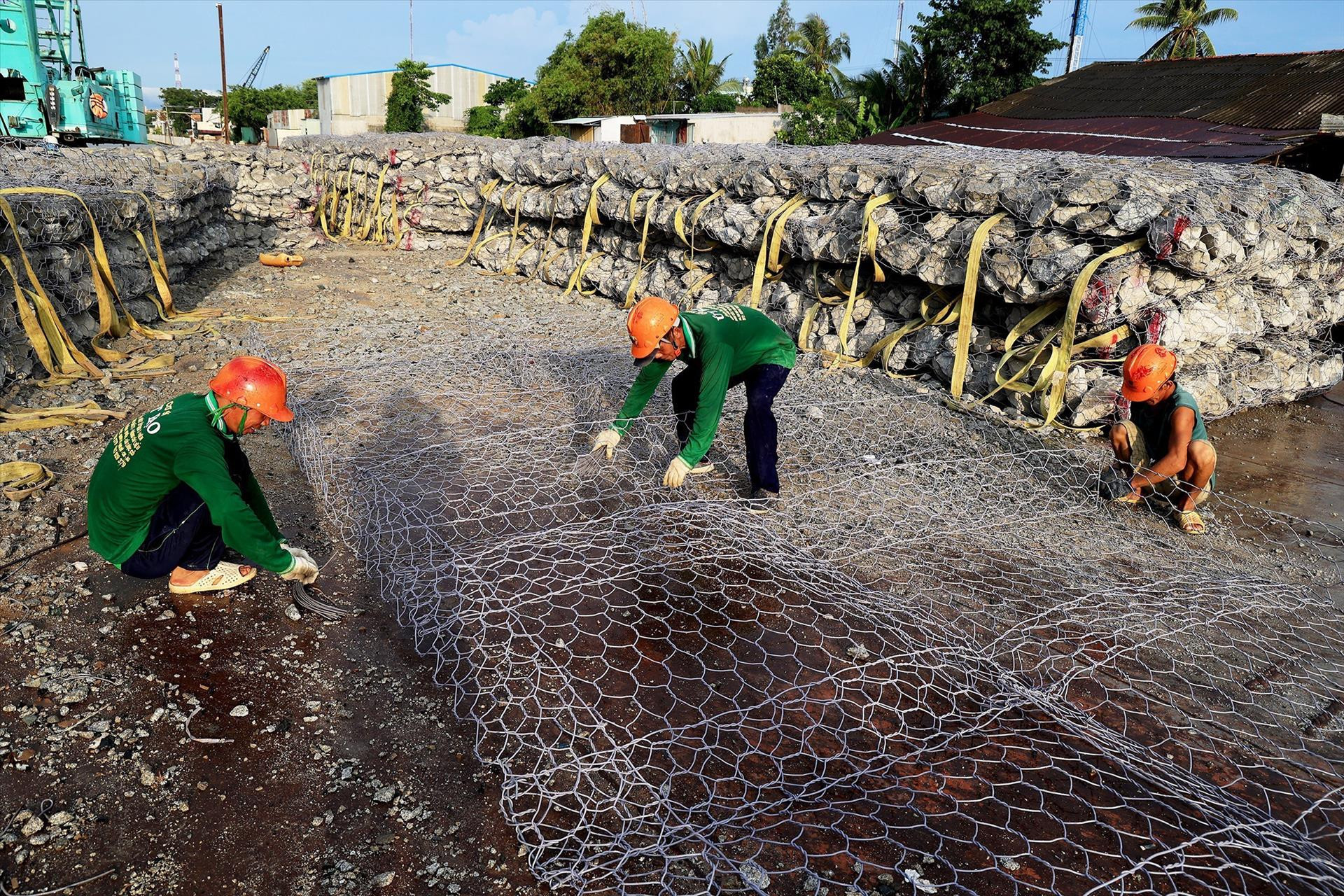
Associate Prof Dr Bui Quang Tuan and Dr Ha Huy Ngoc from the Vietnam Institute of Economics said it was difficult to quantify necessary investments, because it is difficult to calculate the expenses of adaptation measures, not only in different business fields but also in different geographical areas.
With the total value of commercial and industrial assets vulnerable to climate change in Vietnam estimated at $300 billion, the total costs needed to improve the resilience capability of these assets to climate change may reach $228 billion in 2022-2050.
The costs could be even higher if calculating expenses to upgrade public infrastructure, and new investment items necessary to strengthen resilience to climate change.
The International Monetary Fund (IMF)estimated that these expenses may be up to 3-4 percent of GDP per annum in 2021-2025, which means total expenses of $228-266 billion by 2050.
The estimated total costs may be higher or lower than real figures because they don’t reflect additional adaptation costs in the field of agriculture, related to saline intrusion and increased droughts.
The costs to minimize vulnerability through early warning systems and natural calamity repair programs are estimated at 0.3-0.7 percent of GDP each year, based on the World Bank’s recent assessments, or $22-53 billion in 2022-2050.
In general, the total additional financial needs to upgrade national assets, equip and upgrade existing infrastructure, as well as to support social assistance activities when implementing the commitment on zero net emissions may reach $342-411 billion in 2022-20250 in accordance with NPV (net present value), or $4.5-5.4 percent GDP each year.
The estimate is based on the gap between the financial needs stated above and existing expenditures related to adaptation capability. The NPV is calculated on the basis of the 6 percent discount rate as guided by the World Bank for economic analyses. The social discount rate (SDR) is commonly used to calculate the present value of costs and benefits in the future.
Amid policy planning to respond to climate change, these discount rates play a particularly important role in calculating the value of investments that society must make to restrict impact from climate change in the future.
There is no figure estimating expenses from the private sector, but a report on
reviewing public investment and expenditure on climate change estimates that the total expenditures to build resilience capability account for 25 percent of the government’s budget for investment, or 1.5 percent of GDP.
The funding from public finance for programs on coping with natural calamities and climate change is 0.3 percent of GDP.
To make additional investments on adaptation measures, $410 billion (2020 prices) will be needed, which means $12-15 billion a year.
This is a huge amount of capital for Vietnam, which regularly copes with natural calamities caused by climate change, and bears serious consequences from Covid-19.
If financial resources are available and the spending on adaptation to climate change does not affect the expenditure on other socio-economic development activities of the country, the implementation of measures to reduce GHG emissions and appropriate tasks to adapt to climate change and protect the environment will positively impact socio-economic development in a rapid and sustainable way.
In such conditions, Vietnam needs to accelerate its economic growth in order to increase the average income per capita and narrow the income gap between Vietnam and the world. Applying advances in science, technology and innovations, carrying out digital transformation, and building a digital economy and society will also be the focus of economic development activities in the time to come.
The other tasks include restricting steel, cement, rice and meat output to just ensure sufficient domestic consumption because these are energy-consuming and emission generating sectors; maintaining the forest coverage rate, improve productivity and carbon reserve of planted forests by converting short-term planted forests (5-7 year) to long-term forests (10-15 year); and restricting wood exports.
To satisfy financial needs, there are three ways for Vietnam to try, according to Tuan and Ngoc.
First, encouraging private investment in new technology and infrastructure. It is necessary to green the financial sector (green bonds, green shares) because it was only 0.2 percent of GDP in 2020.
Second, increasing state funding via additional collections via carbon taxes or borrowing. Third, seeking international support.
Lan Anh